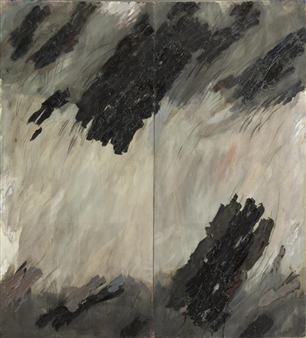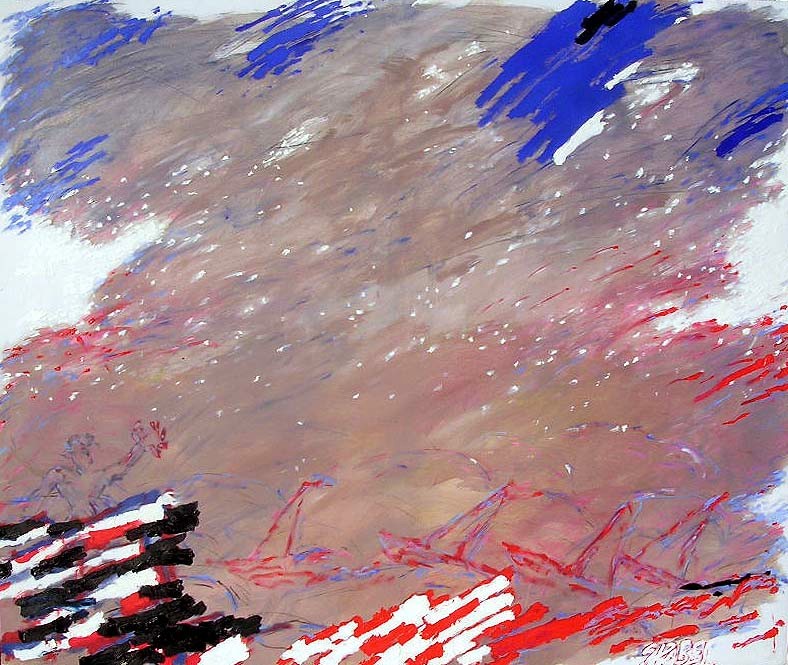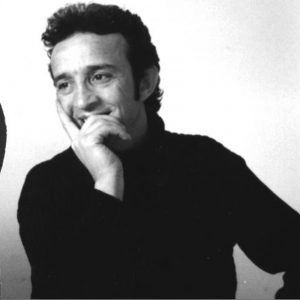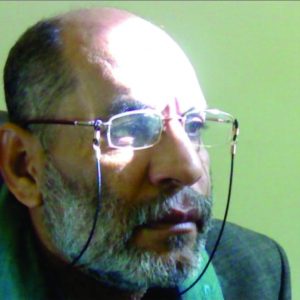Description

GRZEGORZ PABEL
Poland | Professor In The Academy Of Fine Arts In Barsaw
A parallel movement developed on the West Coast in California – a strain that also related to language in art, and is viewed as the very first flowerings of conceptual art. The 1960s were an explosive decade internationally, witnessing a proliferation of modernist ideas and trends. It was the era of Kennedy and Kruschev, and the beginning of the Cold War, which would endure for most of the second half of the 20th century, and was epitomised most symbolically by the construction of the Berlin Wall in 1961. The Iron Curtain divided Eastern and Western Europe, both ideologically and literally, and student political uprisings took place around the world. Psychedelia, an enormous increase in consumerism, and the associated trends of marketing and advertising further defined the era. Minimalism developed a formal language with no external references, focused solely on line, colour and geometric form as key elements of both painting and sculpture. The significant figures of Minimalism included Frank Stella, Donald Judd and Agnes Martin. Pop Art was a powerful offshoot of minimalism, a discipline that became renowned through the work of artists such as Victor Vasarely and Bridget Riley. Colour Field painting, as practiced by Morris Louis, Kenneth Noland and Helen Frankenthaler, further explored some of the expressive philosophies of Abstract Expressionism, but removed much of the rhetoric, instead approaching a more rule-based approach to surface and colour that associated this practice with Minimalism. Globally, many artistic movements echoed the artistic concerns of the previously mentioned movements, often with regional specialisms and nuance. In Italy, Lucio Fontana and Piero Manzoni developed Spatialism, and in Germany the Zero group under the leadership of Gunter Uecker espoused similar ideas. The influential school of Existentialist Philosophy was an important source of inspiration for creatives, with artists like Francis Bacon and Alberto Giacometti achieving international prominence for their idiosyncratic approaches to the human form and the angst related to the human condition.

ΑΡΧΙΚΗ
INTERNATIONAL OLYMPIC EXHIBITION
THE MEETING OF THE CULTURES
ART PROFESSORS
WORLD ARTISTIC DIALOGUE
CULTURE OF COSMOS












